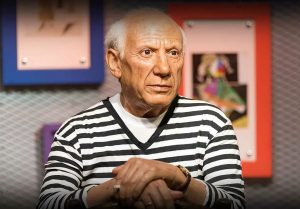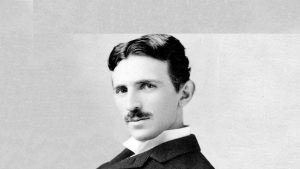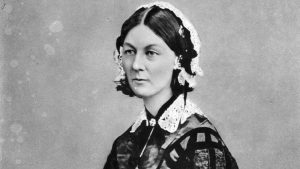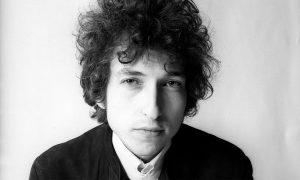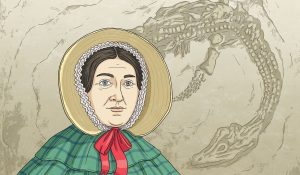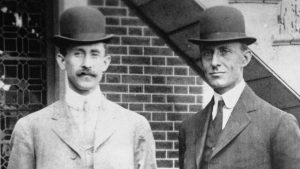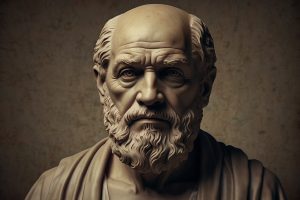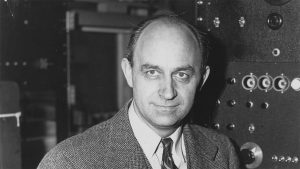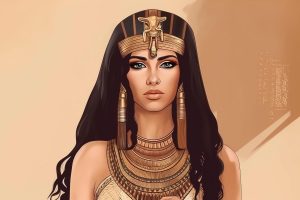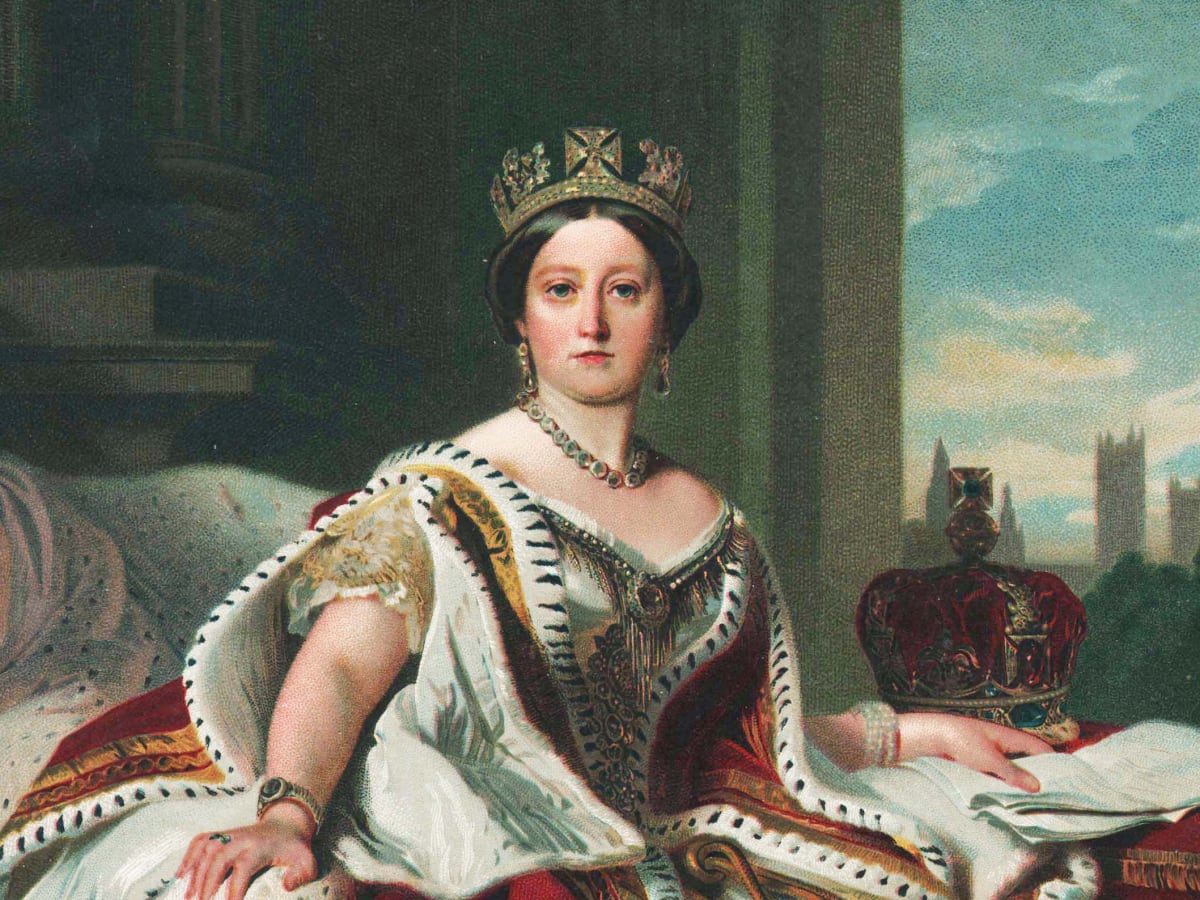
27 interesting facts about Queen Victoria
- 👁️ 1015
Queen Victoria was the longest reigning British monarch and her reign, the Victorian Era, was a time of great change and progress in Britain. Her impact on British society, politics, and culture cannot be overstated.
Facts about Queen Victoria:
- Queen Victoria was born on May 24th, 1819.
- She was the only child of Edward, Duke of Kent and Strathearn.
- Queen Victoria ascended to the throne at the age of 18, following the death of her uncle, King William IV.
- She was the longest reigning British monarch in history, ruling for 63 years and 7 months.
- Victoria’s reign is known as the Victorian Era, a time of great change and progress in Britain.
- Victoria married her first cousin, Prince Albert of Saxe-Coburg and Gotha, in 1840.
- The couple had nine children together, including the future King Edward VII.
- Victoria was a prolific letter writer and left behind an extensive collection of written material.
- She was a supporter of the Arts and Sciences, and her reign saw the establishment of several institutions including the Royal College of Music and the Victoria and Albert Museum.
- Queen Victoria was a strong and influential figure, known for her strong sense of duty and responsibility.
- She was also a figurehead for the British Empire, which reached its zenith during her reign.
- Queen Victoria was known for her conservative and traditional values, which helped define the Victorian Era.
- She was a symbol of stability and order in a rapidly changing world, and her reign is often remembered as a time of peace, prosperity, and progress.
- Victoria’s influence on British society and culture was immense, and she continues to be remembered as one of the greatest monarchs in British history.
- Her reign saw the expansion of the British Empire, including the colonization of India, Africa, and Australia.
- Victoria’s era was also marked by significant technological advancements, including the introduction of the telegraph and the railway system.
- During her reign, the Industrial Revolution continued to gather pace and Britain became a leading industrial and economic power.
- Victoria was a patron of the Arts, and her reign saw a flowering of the Arts, including literature, music, and visual arts.
- She was a passionate supporter of the sciences, particularly medicine, and her reign saw significant advancements in medical knowledge and practices.
- Queen Victoria was the first monarch to use the title “Empress of India”.
- She was a strong and passionate supporter of women’s rights, and her reign saw the growth of the women’s suffrage movement.
- Victoria was a deeply religious woman, and her faith played an important role in her life and reign.
- She was deeply affected by the death of her husband, Prince Albert, in 1861 and went into a period of mourning that lasted for the rest of her life.
- Despite her personal tragedy, Victoria continued to fulfill her duties as monarch, and her reign saw significant progress and change.
- Queen Victoria died on January 22nd, 1901, at the age of 81.
- She was succeeded by her son, King Edward VII.
- Victoria’s legacy continues to be felt today, and she is remembered as one of the greatest monarchs in British history.

